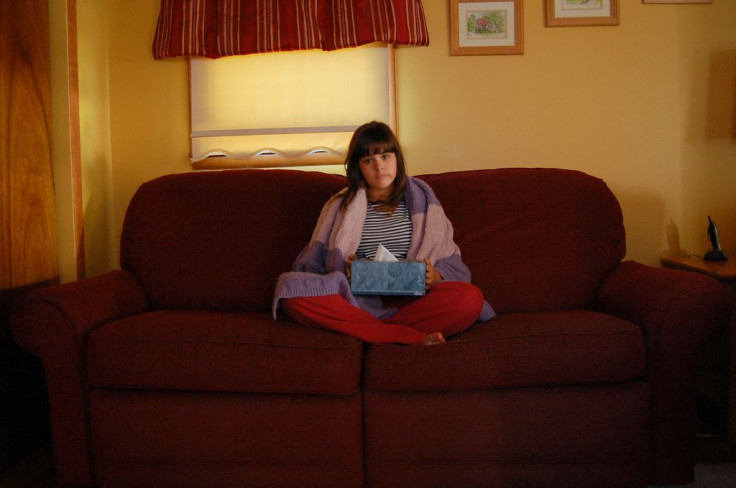Flu Prevention: The Best Way To Avoid An Epidemic Is By Staying Home And Watching TV

In the event of an influenza epidemic, what’s your course of action? It’s something we rarely think about, but having a plan increases our likelihood of avoiding the flu altogether. Our plan for evading the flu would be a lot easier to follow if it consisted of sitting on our couch watching T.V. A recent study published in the BMC Infectious Diseases has found that non-pharmaceutical interventions, such as washing hands and limiting contact with sick people, can significantly alter the spread of an infectious disease.
"Our study reinforces the view that capturing behavioural changes that amplify or blunt the transmission rate is key to improve our ability to make predictions about the impact of epidemics," Gerardo Chowell, co-author from the School of Public Health at Georgia State University said in a statement.
Chowell and his colleagues based their findings on the outbreak of a novel strain of A/H1N1 influenza virus, also known as swine flu, in Mexico City back on Friday 24, 2009. The Mexican federal government responded to the flu outbreak by closing all public schools and establishing “social distancing” measures which included staying indoors and avoiding social activity. Researchers tracked behavioral responses to the flu epidemic through home television viewing ratings in Central Mexico, which were “highly correlated with time spent in the home.”
"The swine flu outbreak that hit Mexico City in April 2009 could have been worse, but spread of the virus was reduced by people's behavioral response of distancing themselves from each other," said Michael Springborn, economist with the University of California at Davis and lead author of the study.
Springborn described the public’s response to the epidemic as the “rebound effect.” Although the public’s initial response to the government’s “social distancing” measures was compliant, staying indoors for too long eventually turned monotonous so they started venturing outdoors again. The response to the flu epidemic in Mexico City was comparable to the 1918 flu pandemic in Australia where the public reverted back to normal behavior as soon as the perceivable risk declined.
"We found that the behavioral response to the outbreak was initially strong but waned sooner than expected," Springborn added. "This suggests that efforts to utilize social distancing to mitigate disease spread may have a limited window of efficacy, i.e. before pent up-demand for activities outside the home takes precedence."
The Centers for Disease Control and Prevention recommends we “Take 3” actions for fighting the flu. Frist, take time to get a yearly flu vaccine. Everyone 6 months and older should get the seasonal flu vaccine as soon as it’s available. Second, take everyday preventative actions to stop the spread of germs. This includes avoiding close contact with sick people, washing your hands as often as possible, avoiding touching your eyes, nose, and mouth, and cleaning areas that may have been contaminated with germs. Third, take flu antiviral drugs if your doctor prescribed them.
Source: Chowell G, Springborn M, et al. BMC Infectious Diseases. 2015.



























